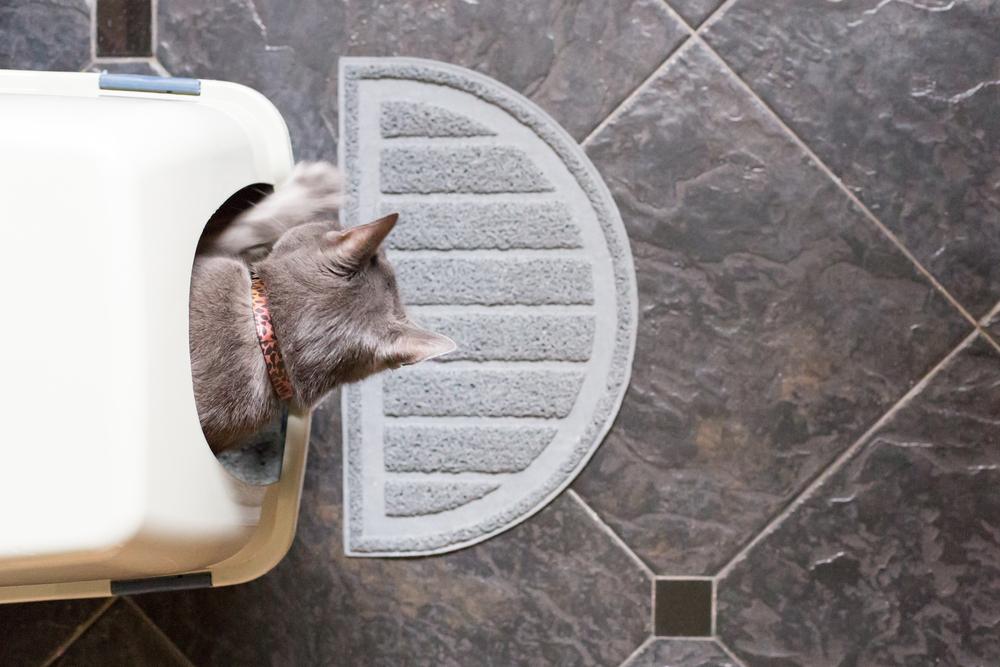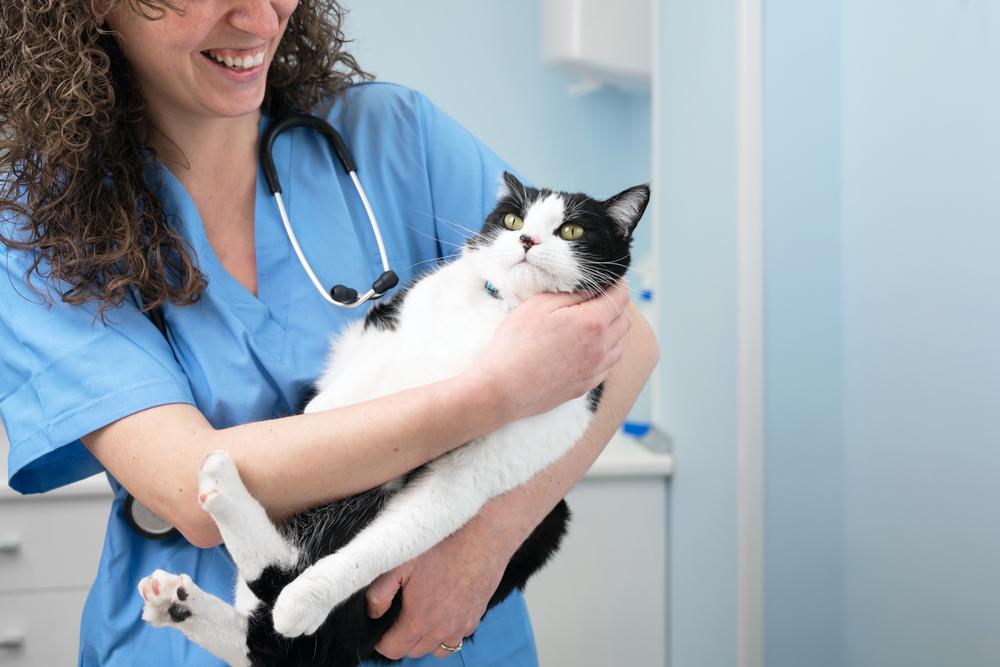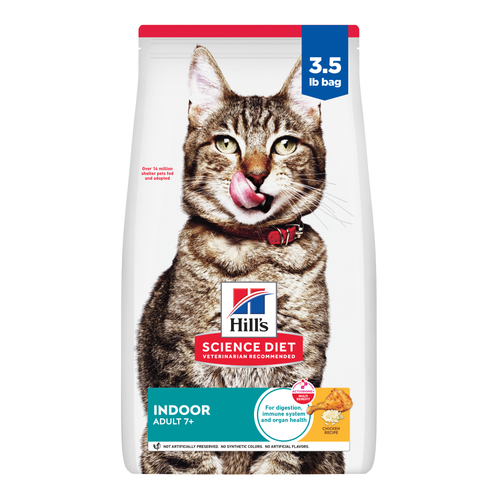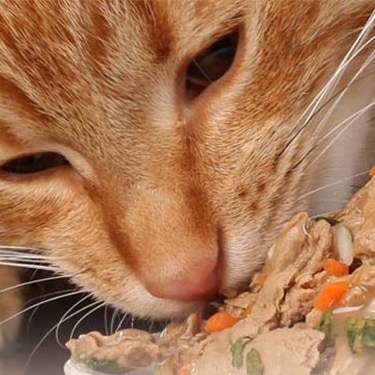

Few things are more concerning than cleaning out the litter box and finding blood in your cat's stool. This can be a sign of a major emergency, or simply a minor inconvenience. So, how do you know when to worry, and when it's no big deal?
Bloody cat stool can come in a couple of different forms, but understanding what's considered a sign of something serious can help give you confidence in caring for your kitty. Keep an eye on the color and consistency of the stool, as this can be crucial information for your veterinarian when diagnosing the problem.
Red blood with mucus: Often called "frank blood", this indicates the blood came from the back end of the digestive tract, such as the anus, rectum or colon.
Dark, sticky and tar-like: Feces fitting this description may not look like it contains blood at first glance, because it's been digested. Referred to as "melena", this coloration and texture means there's bleeding higher up in the digestive tract, such as the small intestine.
Both frank blood and melena may be indicative of a serious condition, and shouldn't be ignored, so it's important to talk to your vet if you notice blood in your cat's stool. Differentiating between these two types of blood in cat stool can help you be more specific when you speak to your vet.

Whenever you spot blood in your cat's stool, it's a good idea to schedule an appointment with your vet. Together, you can pinpoint any specific health concerns they may be experiencing, as well as provide a plan for treatment. In the meantime, knowing what may be the cause could put your mind at ease before your make an emergency trip to the vet.
Potential causes of bloody cat stool may include:
Constipation
A common cause of cat stools with blood is constipation. If the cat pushes and strains to defecate, they may rupture a small blood vessel near the anus or rectum, causing frank blood on that particular piece. In this case, it can be helpful to keep an eye on the litter box to see if it's a recurring issue.
Inflammatory Bowel Disease (IBD)
This disease of the small intestines is often accompanied by weight loss, vomiting, diarrhea or other signs. IBD can cause melena more often than frank blood in cat stool, although both are possible.
Cancer
A tumor anywhere along the digestive tract can result in blood in the feces. If the cancer is in the small intestines, the blood will be dark, and if the cancer is in the colon or rectum, the blood may be redder.
Dietary Indiscretion
This is a fancy term for "your cat ate something they shouldn't have." Anything irritating the digestive tract can potentially cause blood and mucus in cat poop.
Anal Gland or Anal Sac Issues
An abscessed or infected anal gland can bleed, and cause the appearance of blood on the surface of the stool. The most common sign of this is a cat bleeding from the anus.
Parasites
Certain parasites, such as hookworms or coccidia, can result in bloody stools.
Finding blood in your cat's stool can be alarming, but by taking the right next steps, you can be confident that you're caring for your cat well. First, it's important to consider any other signs. Are they eating, drinking and playing normally? Are they losing weight or hiding? If you're seeing other concerning behaviors, it's best to see a vet as soon as possible. In the case of young kittens, bloody stool warrants a prompt trip to the vet, as they can become dehydrated and much sicker more quickly.
It's always a good idea to bring a sample of the cat's stool along to your veterinary appointment. In addition to a physical exam and weight check, your vet may want to check bloodwork, looking for signs of systemic disease (such as changes in liver enzymes, increased thyroid function or low protein levels). Imaging, such as X-rays or an ultrasound, can help identify cancer, masses, constipation or foreign objects. Testing the fecal sample can help find parasites or infections. If necessary, more invasive testing such as intestinal biopsies may be recommended.
Treatment for cats with bloody stool depends on the cause. Parasites, the most common cause of blood in kitten stool, can be easy to treat. If your cat or kitten is dehydrated, fluids will make them feel better quickly! If your cat is diagnosed with an abscessed anal sac, your vet will likely prescribe antibiotics. In the case of diarrhea or constipation — both of which can cause blood in stool — fluids and medications for either can be helpful. Regardless of the cause, complete and balanced nutrition is key to maintaining a healthy digestive tract. Often, food with extra fiber is beneficial for cats prone to bloody stools. If the bloody stool is from IBD or constipation, your vet may recommend therapeutic nutrition or other treatments that can help.
Ultimately, the best way to find the right treatment is to consult with your vet and get a personalized plan just for your pet.

Keeping Your Cat Happy and Healthy
Monitoring your cat's stool, unpleasant as it may seem, is a great way to potentially detect underlying disease. While a healthy adult cat with some blood in the stool is rarely an emergency, a trip to the vet is still warranted, as there are many possible causes. Feeding your cat complete and balanced food tailored for their life stage can help keep their digestive tract working smoothly. A healthy cat can live a fulfilling, happy life!




















